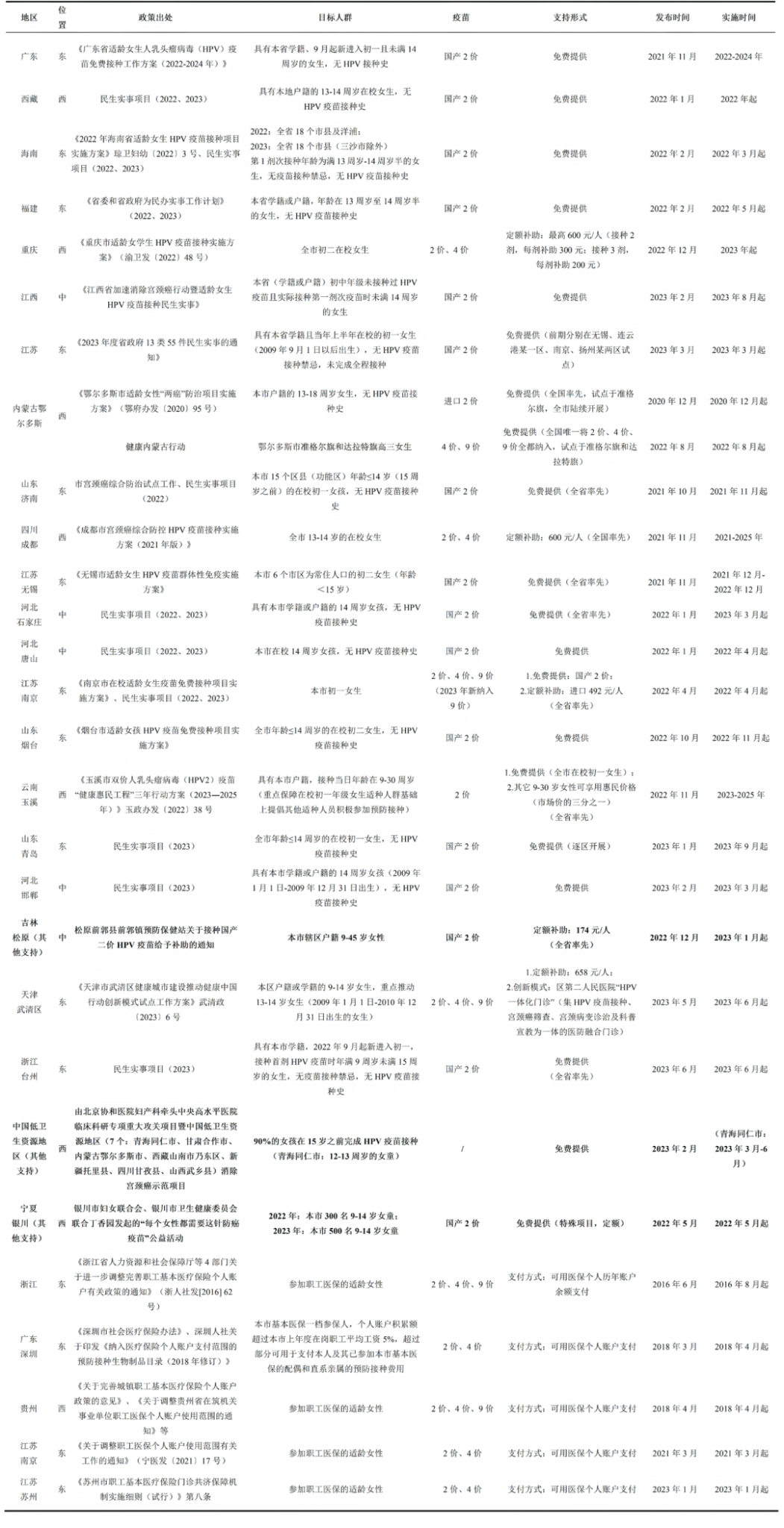This commentary was written by Lance E. Rodewald, Sr. Consultant of China Center for Disease Control and Prevention. The article is published in Infectious Diseases of Poverty. China’s National Immunization Program (NIP) carried out a unified and tightly coordinated COVID-19 vaccination campaign during the pandemic, promoting vaccination in a short period by executing strategies such as cross-sectoral coordination and community mobilization, the achievements of which include >90% vaccine coverage and timely monitoring vaccine coverage, acceptability, safety, and effectiveness. Lance believes that the legacy of the pandemic response, including the practical experience and infrastructure, has well prepared China for the expansion of the National Immunization Program.
Factors affecting caregivers’ HPV vaccination decisions for adolescent girls: A secondary analysis of a Chinese RCT
This research, led by Prof. Jing Li from Sichuan University, in collaboration with Prof. Dan Wu from Nanjing Medical University, was published in PLOS ONE. Based on a randomized controlled trial conducted in Chengdu, China, the study investigated key factors influencing caregivers’ actions to vaccinate adolescent girls against HPV. The results highlighted the significant role of a novel “pay-it-forward” intervention in doubling HPV vaccine uptake. Other factors, including caregivers’ knowledge, intention to delay vaccination, occupational status, and prior vaccine refusal, were also strongly associated with vaccination behavior. Recommendations to promote universal and equitable access to HPV vaccine through targeted health education, financial support and community engagement.





